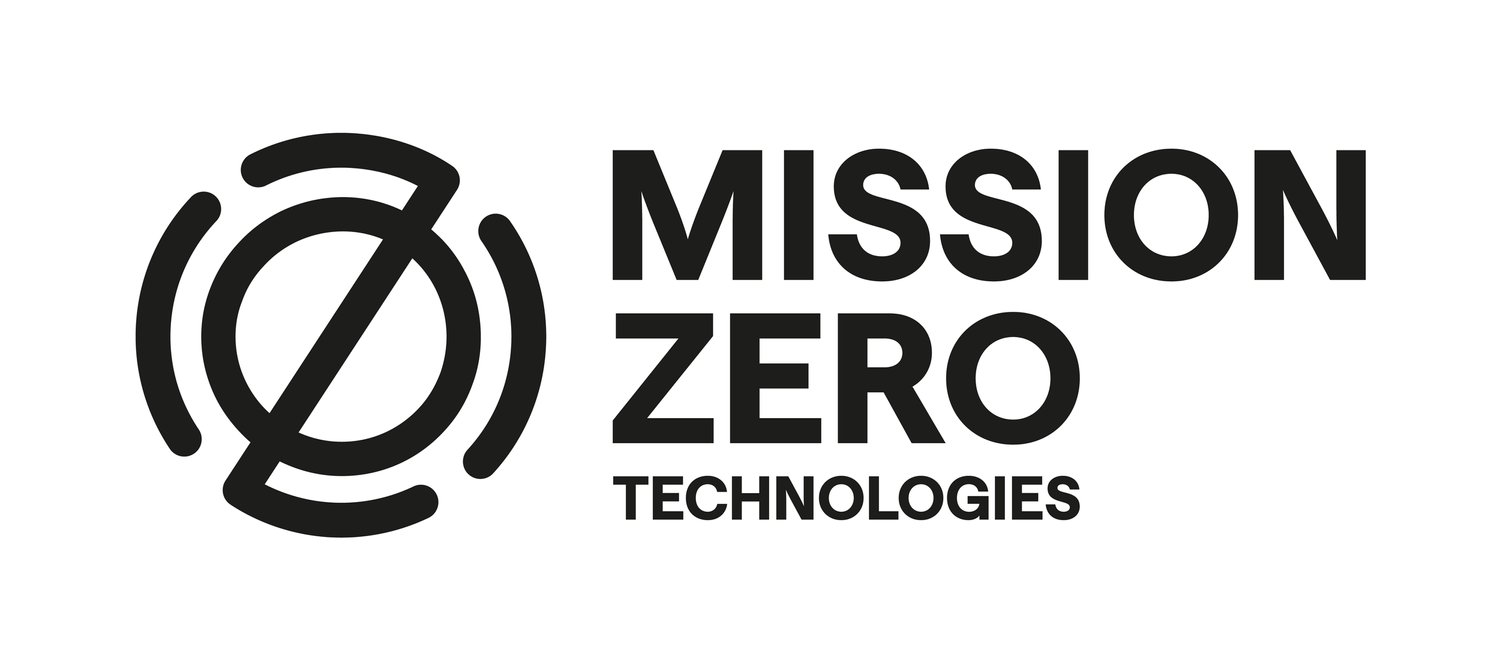
Deep Sky Alpha just flipped the switch on North America's first direct air capture facility to actually store CO₂ underground. But here's what makes this different from the usual climate tech fanfare: this isn't just another DAC project making bold promises. It's a real-world testing ground that could reshape how we think about carbon removal infrastructure.
The Multi-Tech Showdown Nobody's Talking About
While most DAC projects bet everything on one technology, Alpha is running multiple systems side by side. Think of it as a carbon removal test kitchen where Airhive, Mission Zero Technologies, and Skyrenu are all competing under identical conditions.
This setup solves a massive industry problem: how do you know which DAC technology actually works best when every company tests under different conditions? Alpha gives us apples-to-apples comparisons using real atmospheric CO₂, not lab simulations.
Key Facts: Alpha by the Numbers
- 3,000 tonnes of CO₂ captured annually
- 12 months from groundbreaking to operations
- 100% solar powered facility
- 110+ construction jobs created
- 15 full-time operators employed
- Up to 10 DAC units can be tested simultaneously
The facility can house up to 10 different DAC units, with more installations planned this fall. Each unit gets the same renewable solar power, the same Alberta weather, and access to the same underground storage. No variables, no excuses.
>> RELATED: History Made: Deep Sky Alpha Begins Operations with North America's First CO2 Storage via Direct Air Capture

From Dirt to Operations in Record Time
Here's where Alpha gets interesting from a deployment perspective. Deep Sky went from breaking ground to pulling CO₂ from the sky in just 12 months. That's fast for any infrastructure project, but lightning speed for climate tech.
Most DAC projects spend years in development hell, wrestling with permitting, financing, and technical hurdles. Alpha shows what's possible when you have the right regulatory environment, geological conditions, and execution team.

"This is a defining moment, not just for Deep Sky, but for the global carbon removal industry. In just one year, we went from breaking ground to pulling carbon from the sky and locking it underground for good."
Alex Petre, Deep Sky CEO
The speed matters because it signals that DAC infrastructure doesn't have to take decades to deploy. If other projects can match Alpha's timeline, we could see rapid scaling across suitable locations worldwide.
What Made It Possible
Alberta's geological advantages played a key role. The province has abundant saline aquifers perfect for CO₂ storage, existing energy infrastructure, and regulatory frameworks that understand carbon storage. Plus, the industrial park location in Innisfail provided ready access to renewable power and transportation.
Pre-Sold Credits Signal Market Shift
Here's the part that should make other DAC developers nervous: Alpha's carbon removal credits are already sold out before the first tonne hits the ground. Microsoft, Royal Bank of Canada, and Breakthrough Energy Catalyst have pre-purchased the facility's output.
This isn't just validation, it's a competitive signal. Corporate buyers are locking in high-quality removal credits years in advance, creating pressure on other DAC projects to deliver or get left out.

"Alberta continues to lead the way in attracting world-class innovation and this is an example of another company that has chosen Alberta because of our skilled workforce, strong regulatory system, and commitment to responsible development."
Rebecca Schulz, Alberta Minister of Environment and Protected Areas
The Corporate Demand Reality Check
The pre-sold credits reveal something important about corporate carbon strategies. Companies aren't just buying credits for PR purposes anymore. They're securing long-term contracts for high-quality, permanent removal because they know supply will be limited.
The global direct air capture market is still in its infancy, with only a handful of operational facilities worldwide. This early-stage positioning means companies like Deep Sky that can demonstrate real operations and validated technology comparisons will have significant competitive advantages.

>> In Other News: Marine Carbon Dioxide Removal Coalition Launches, Creates Forum to Responsibly Grow the Field
Global Blueprint Hidden in Alberta
Alpha isn't just about Canada. It's a prototype for how DAC campuses could work anywhere with the right geological and regulatory conditions. The multi-technology approach, rapid deployment model, and pre-sold credit structure create a template other regions could replicate.
Think of Alpha as version 1.0 of a global DAC infrastructure model. Other locations with similar advantages, suitable geology, renewable energy access, and supportive regulations could deploy similar facilities using Alpha's proven approach.
Storage and Transport Details
The CO2 collected at Alpha will be transported to an existing well at the Meadowbrook Carbon Storage Hub facility operated by Deep Sky's storage partner, north of Edmonton in Sturgeon County.
This setup shows how DAC facilities can leverage existing carbon storage infrastructure rather than building everything from scratch.
Beyond the Test Phase
Deep Sky plans to run Alpha for 20 years, continuously testing new technologies as they emerge. This long-term approach means the facility will evolve from testing today's DAC systems to evaluating tomorrow's breakthrough technologies.
The company has larger commercial projects already in development across Alberta and Quebec, suggesting Alpha is just the beginning of a broader Canadian carbon removal infrastructure build-out.
What Happens Next
The real test for Alpha isn't just capturing CO₂, it's proving which technologies can scale cost-effectively. Over the next few years, the facility will generate performance data that could determine which DAC approaches get massive investment and which get left behind.
Watch for quarterly performance reports from Deep Sky showing capture rates, energy consumption, and operational costs for each technology. These numbers will likely influence billions in future DAC investment decisions.
More immediately, expect other regions to study Alpha's deployment model. If a 12-month timeline becomes the new standard for DAC facilities, we could see a rapid acceleration in project development globally, assuming suitable sites and regulatory conditions exist.
Subscribe to the newsletter
Daily decarbonization data and news delivered to your inbox
Follow the money flow of climate, technology, and energy investments to uncover new opportunities and jobs.
Companies
Latest issues
-
The Three-Continent Move That Redefines SAF
Wishing everyone a restful holiday season.🎄🎅🎁 Inside this Issue ✈️ Cathay Goes Global With SAF in Three-Continent Fuel Deal 🧪 Proton Ventures Partners With Barents Blue For Realization Of The Bar...
-
Can One Truck Fix Hydrogen’s Biggest Problem?
Inside This Issue 🚛 Alberta's Shared Truck Model Could Crack Hydrogen Adoption ✈️ ZeroAvia Completes Financing Round 🌾 Frontier And NULIFE Scale New Biowaste Carbon Removal Approach 🔥 WAGABOX® Of ...
-
North America’s Carbon Removal Year in Review: Winners, Losers, Surprises
Inside This Issue 🌎 North America's Carbon Removal Year in Review: The Deals, Policies, and Milestones That Shaped 2025 🚢 Hapag-Lloyd And North Sea Container Line Win ZEMBA Second E-Fuel Tender 🪨 ...
Company Announcements
-
ClimeFi Announces New 85,000 Tonne Procurement Round
In its latest procurement round, ClimeFi has enabled more than US$18m in durable carbon removal purchases across eight removal pathways: Biochar, Bioenergy with Carbon Capture and Storage (BECCS), ...
-
Vallourec, a world leader in premium seamless tubular solutions, and Geostock, a global specialist in underground storage of energy, have signed a Memorandum of Understanding (MoU) to strengthen th...
-
CMA CGM, DHL Step Up Ocean Freight Decarbonization with Biofuel Deal
DHL Global Forwarding and shipping group CMA CGM have agreed to jointly use 8,990 metric tons of second-generation biofuel to reduce emissions from ocean freight. The initiative is expected to cut...
-
Next-Generation Gas Turbine Control System For Thermal Power Plants Completes Functional Testing
Integration of Mitsubishi Power's control technology with Mitsubishi Electric's high-speed data processing technology Supports rapid load adjustments and diverse fuels including hydrogen Tokyo, ...
